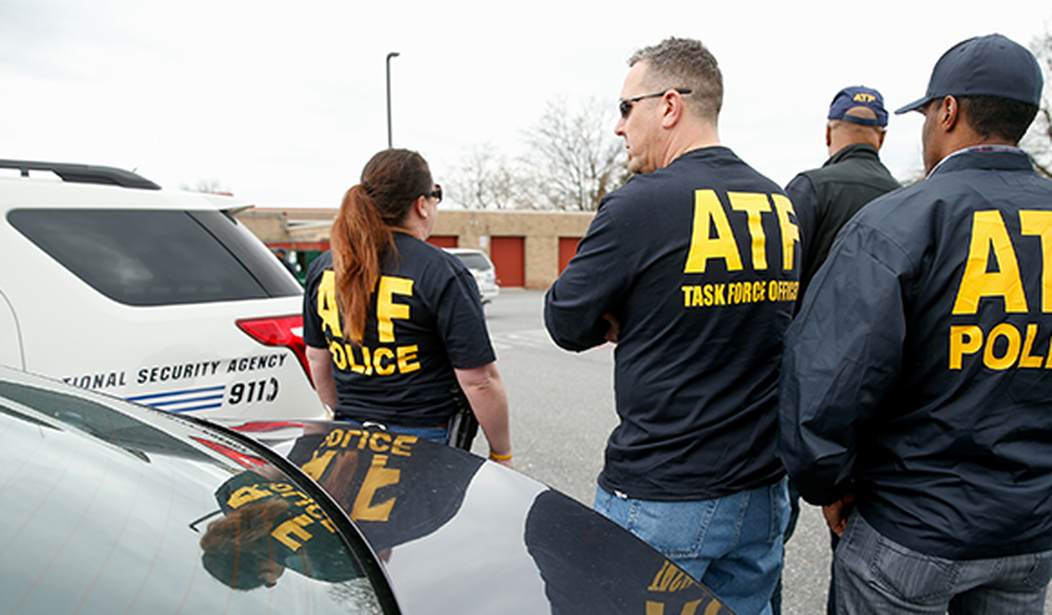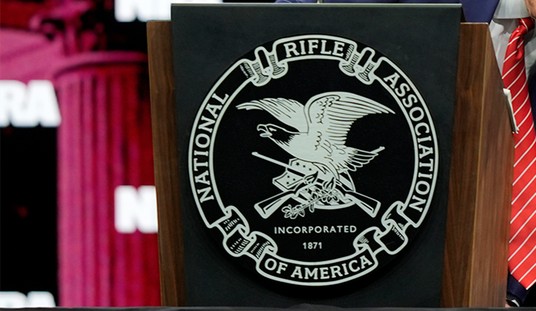A federal judge in Texas has already declared the ATF's rule treating most pistols equipped with stabilizing braces as short-barreled rifles null and void, but the DOJ can still appeal Judge Reed O'Connor's decision to the Fifth Circuit if it chooses. Now, however, Attorney General Merrick Garland has suffered another blow in his defense of the ATF rule; this time from the Eighth Circuit Court of Appeals.
On Friday, a three-judge panel on the Eighth Circuit overturned a lower court's refusal to issue an injunction against the rule, sending the case back down to district court for a do-over. In its ruling, the panel concluded that the plaintiffs are likely to succeed on the merits of their arguments that the ATF rule is arbitrary and capricious.
Though the Final Rule does not ban stabilizing braces or braced weapons that are “short-barreled rifles,” the consequences of possessing a braced weapon deemed to be a “short-barreled rifle” are dire: that firearm and the person who possesses it are subject to the NFA’s and GCA’s stringent regulations and serious criminal penalties for non-compliance. Considering the ATF estimated that by 2020 therewere, at the low end, three million stabilizing braces in circulation (with seven million at the high end) plus an untold number of stabilizing braces sold between 2020 and the Final Rule’s publication in January 2023, then the Final Rule does the job of reclassifying these millions of braced weapons—and those who possessthem—as violating the NFA and GCA.
... By the ATF’s own estimation, 99% of braced weapons are “rifles” under the NFA and GCA, not just a simple “majority.” Likewise, the ATF did not identify a single braced weapon with a surface area that would not allow the weapon to be shoulder fired. Rather than specify what kind of brace could pass muster, the ATF posits that a stabilizing brace could hypothetically “include a feature intended specifically to prevent shooting the firearm from the shoulder” or otherwise “prevents shouldering.” “A potential example of such a feature” could include a “permanently attached protrusion that would dig into a shooter’s shoulder should the firearm be fired from the shoulder.” But providing this “potential” example is little guarantee to braced-weapon manufacturers and possessors who risk felony convictions if the ATF deems the potential protrusion provides just enough surface area to shoulder fire a weapon.
Thus, the Coalition is likely to succeed on the merits of its argument that this step is arbitrary and capricious; the ATF “has articulated no standard whatsoever for determining” when a stabilizing brace’s rear surface area would allow the shouldering of a weapon. That the regulated parties wish to see more specific metrics does not mean they wish to skirt or circumvent the law, as ATF insinuates. They may simply wish to comply with the law, by producing or equipping stabilizing braces that do not have a rear surface areathat allows for shoulder firing a weapon.
SB Tactical founder Alex Bosco hailed the decision as a victory for Second Amendment advocates everywhere, and praised the broad coalition of 2A groups, gun owners, and attorneys general who took on the pistol brace rule in multiple lawsuits.
It’s with great pleasure to announce FRAC’s win in the 8th Circuit. A huge thanks to the @NRA for taking on so much of the financial burden and I can’t thank @gunpolicy enough for paving the way with their win as well.
— bourbon&bullets…and boats. (@realAlexbosco) August 9, 2024
This is a huge win for braces, but more importantly, a… pic.twitter.com/LUHzXY0w4p
It's always nice to see the ATF's overreach smacked down by the courts, and today's decision is a big win for FRAC. It's not the last word on the agency's pistol brace rule, but it's still an important step towards overturning the rule once and for all.








Join the conversation as a VIP Member